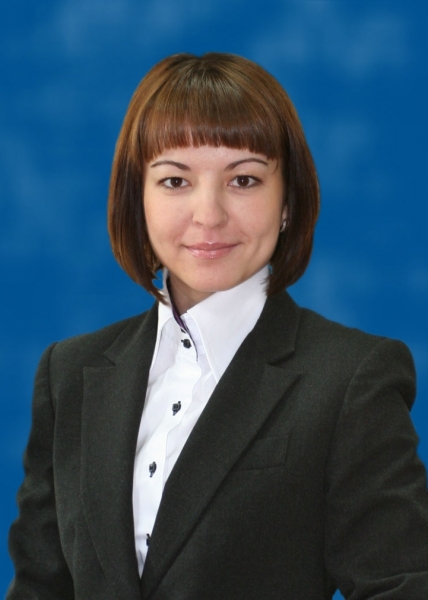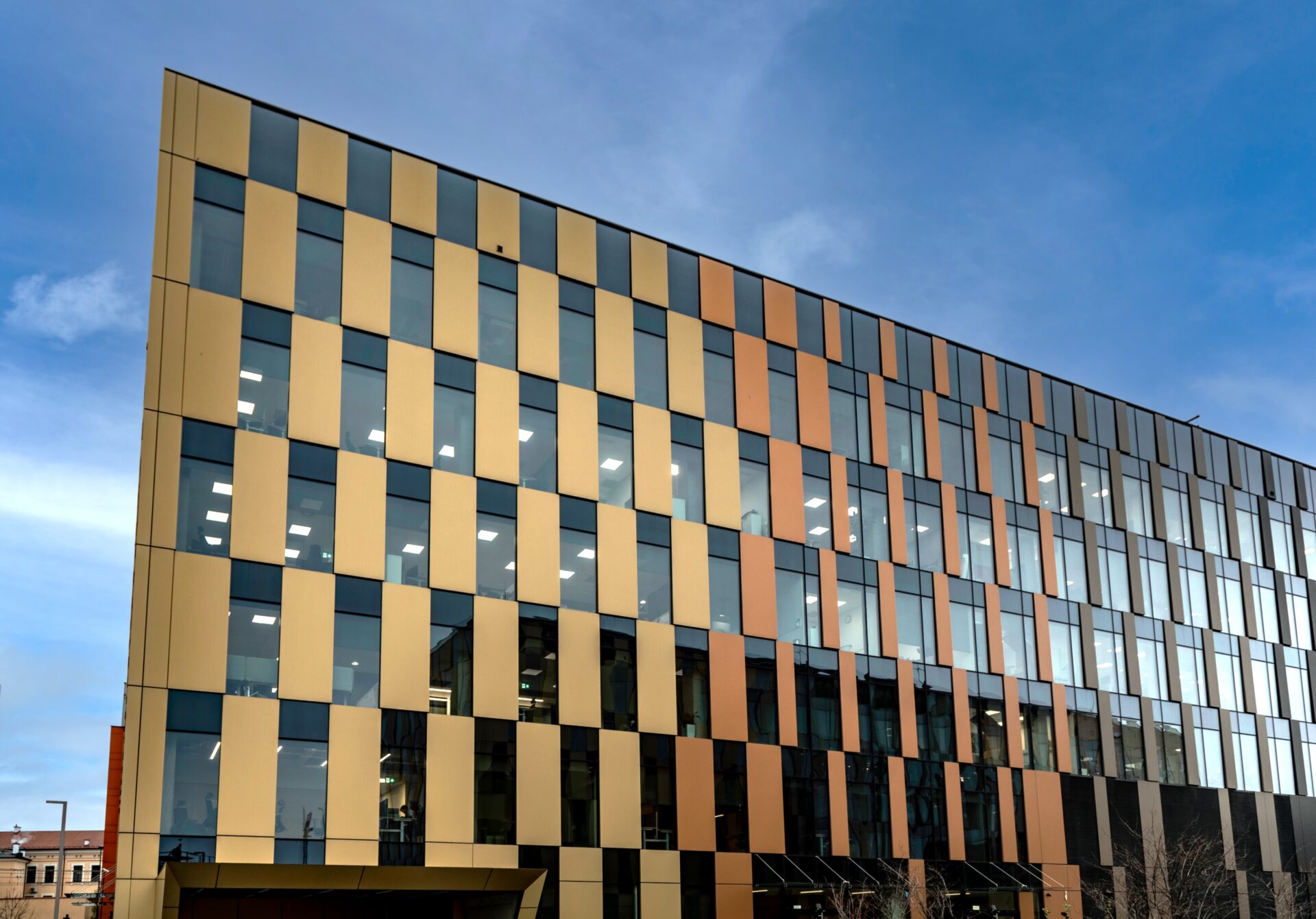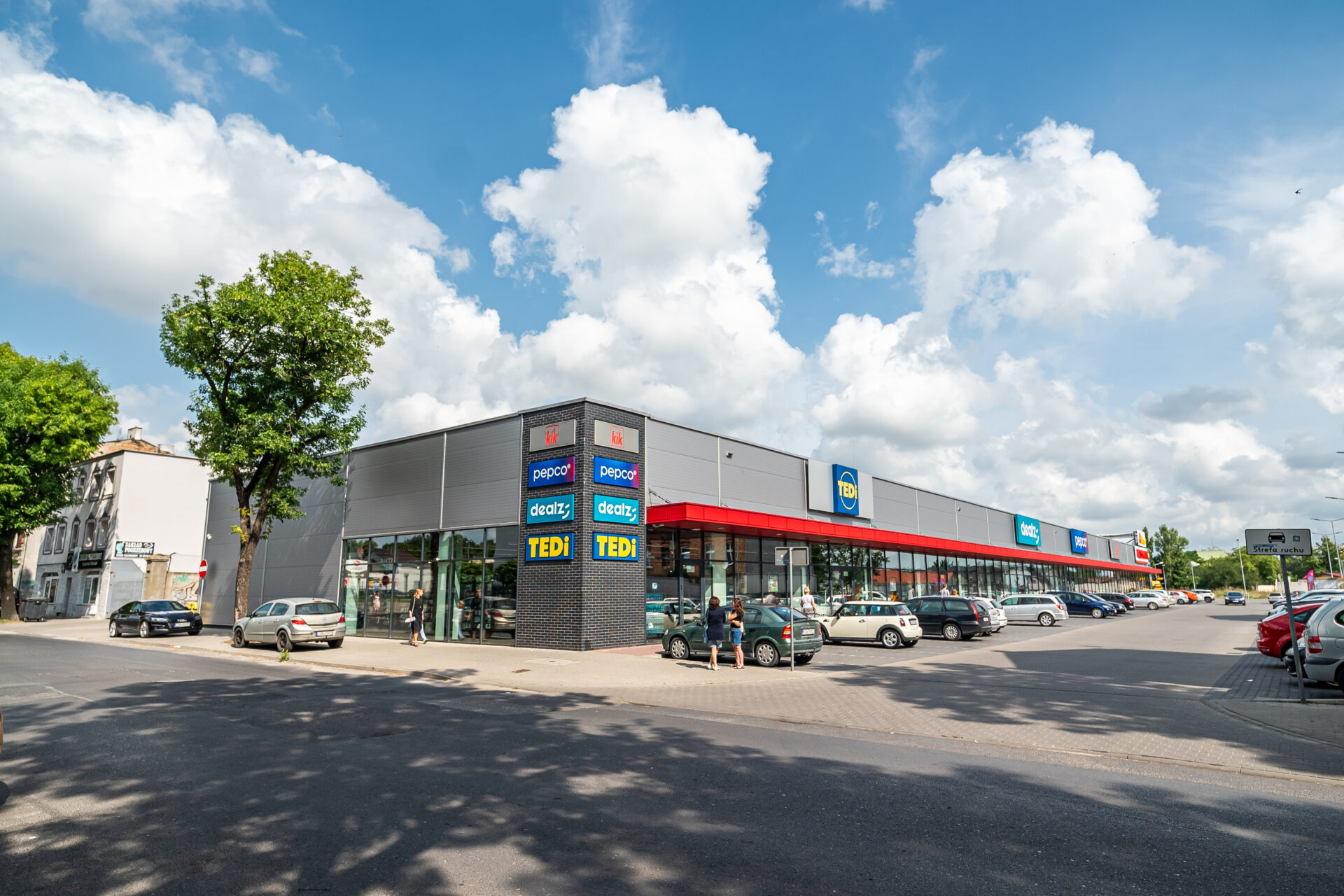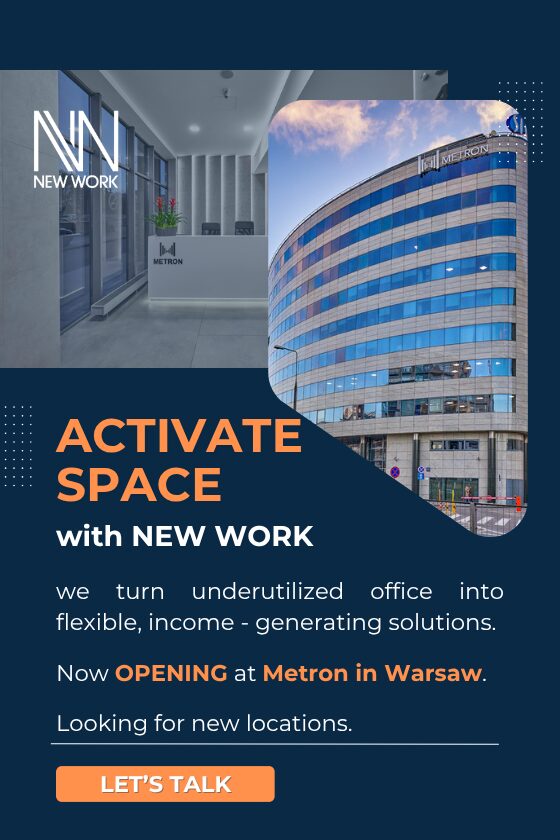Russia’s real estate investment reached USD1.9 billion in Q4 2017, up 88 percent y-o-y (USD1 billion in Q4 2016), according to JLL calculations. This brought the full year volume to USD4.6 billion, up 9 percent from USD4.3 billion in 2016.
Olesya Dzuba, Head of Research, JLL, Russia & CIS, commented: “In 2017, the market underwent both positive and negative changes. The Russian economy has been recovering. The rouble traded within a narrow range. Inflation declined below the Central Bank target. Despite the raising concerns about the banking sector stability, a number of large deals closed at the year end. These included the sale of Immofinanz shopping centre portfolio and the part of Sever-2 warehouse complex. We expect the investment volume to climb to USD5bn in 2018, up 9 percnt y-o-y.”
In 2017, the retail sector accounted for 40 percent of the total volume. Offices followed, with 34 percent of all deals. The retail sector dominated over the whole year, with the sale of the Immofinanz shopping centre portfolio to Fort Group supporting this in Q4.
Moscow remains the main investment destination in Russia. In 2017, its share was close to the level in the previous year, at 79 percent. Higher investment activity was recorded in St. Petersburg, which share had increased from 9 percent in 2016 to 16 percent in 2017. In absolute terms, the St. Petersburg investment volume grew by 96 percent YoY, from USD380 million to USD744 million. Investors considered St. Petersburg assets as an alternative to those in Moscow, increasing their activity in the Northern capital.
The share of foreign investments increased from 6 percent in 2016 to 17 percent in 2017.
“In 2017, new foreign investors entered the market. At the same time, those who have already been present there became more active. The newcomers included the Chinese company Fosun Group, which purchased the Vozdvizhenka Centre office building in Moscow. Raven Russia, the British investment fund, which acquired assets both in Moscow and in St. Petersburg, led the ‘old timer’ list,” commented Evgeniy Semenov, Regional Director, Head of Capital Markets, JLL, Russia & CIS. “The investment market recovers gradually, with the share of restructuring deals dropping from 48 percent to 2 percent in 2017.”
Prime yields remained flat last year. As benchmarks for the market players, JLL analysts consider Moscow prime yields between 9.0-10.5 percent for offices and shopping centres and 11.0-12.5 percent for warehouses; St. Petersburg prime yields at 9.5-11.5 percent for offices and shopping centres and 11.5-13.5 percent for warehouses. Following key rate cuts by the Central Bank, the cost of bank financing will continue declining and will likely lead to yield compression next year.







